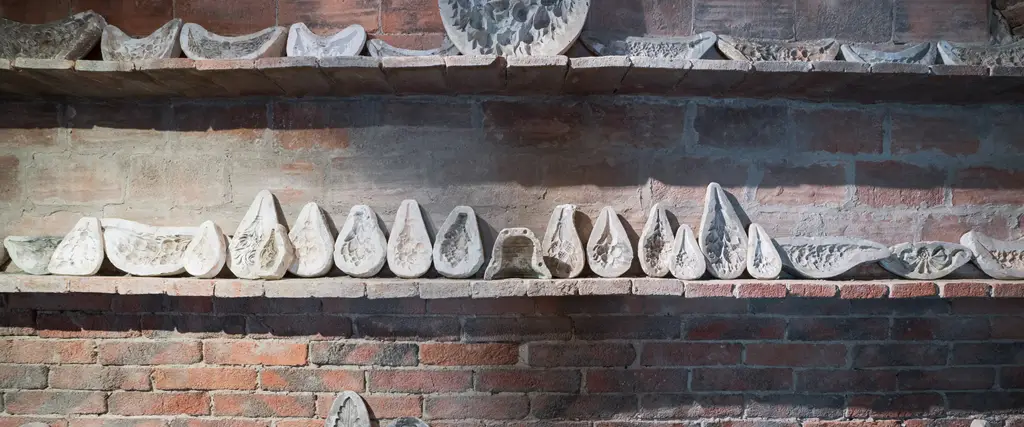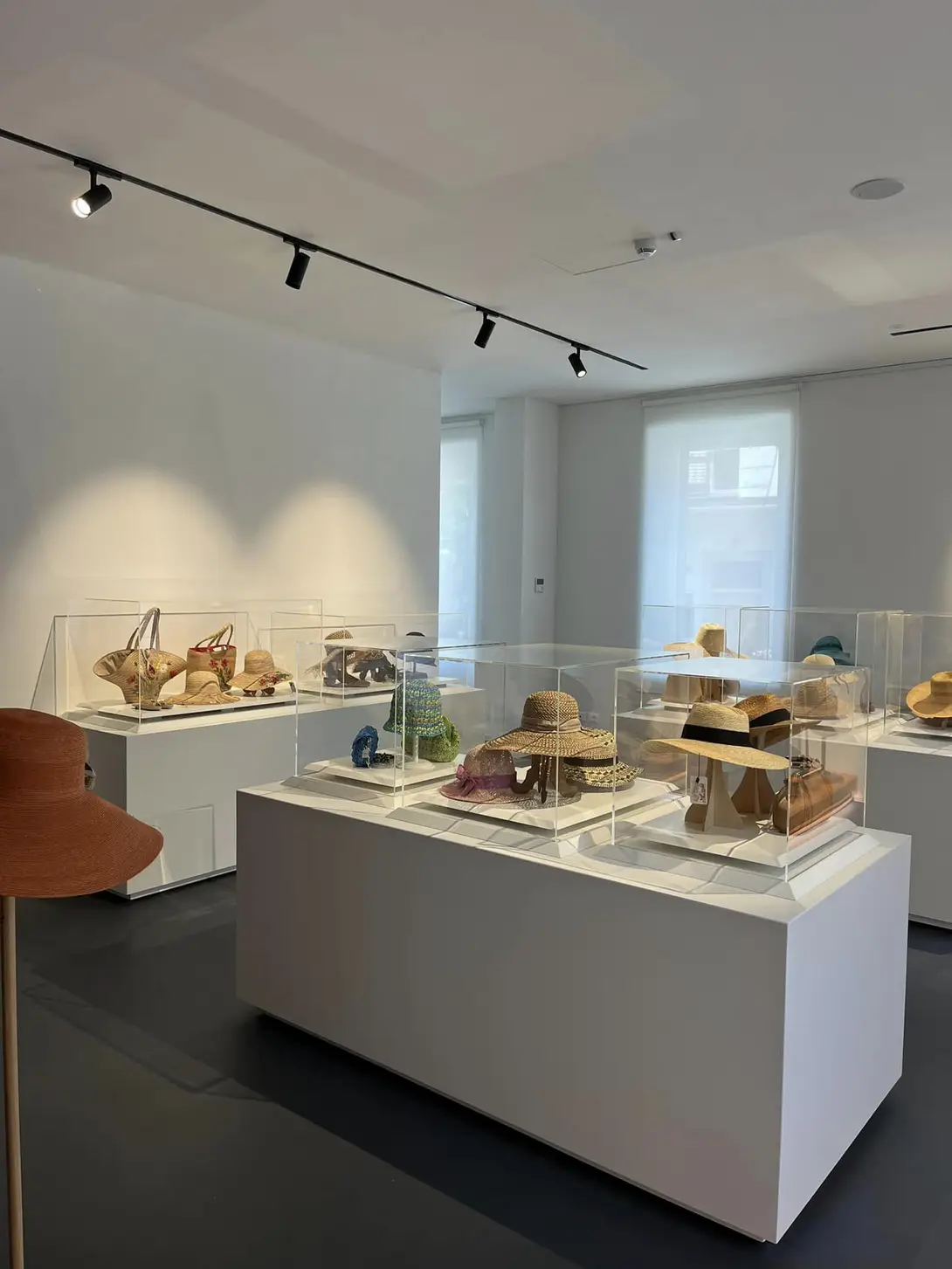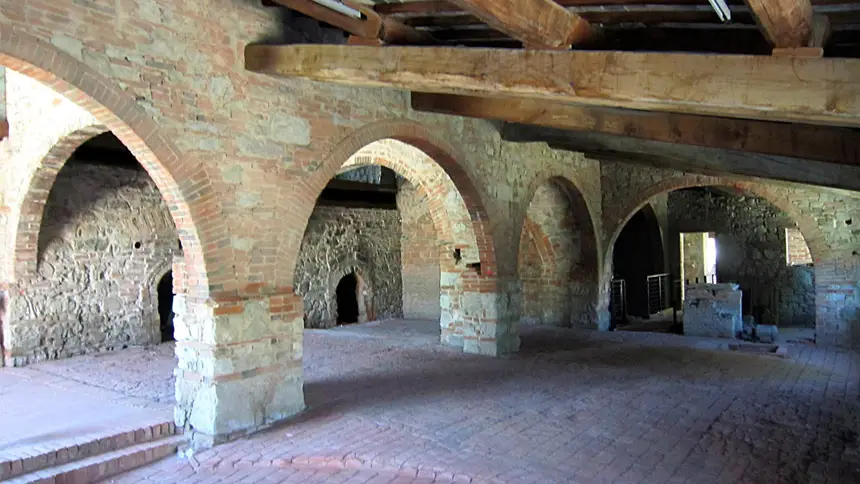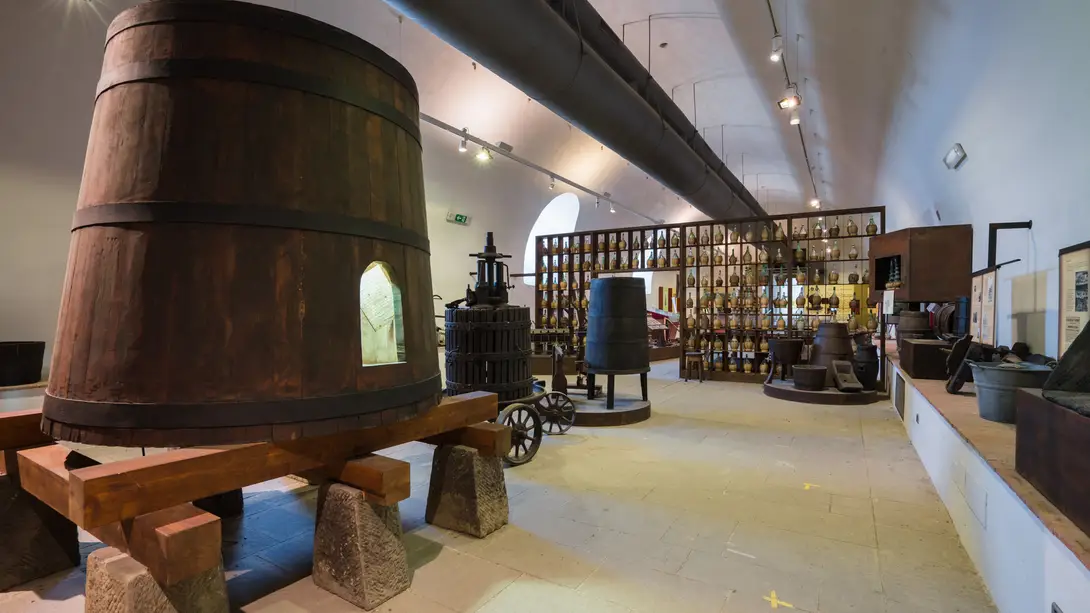
Las labores tradicionales
Cada localidad en torno a Florencia tiene su propia especialidad, también su propia elaboración artesanal. En algunos casos las actividades que han creado puestos de trabajo durante siglos han cesado y ahora solo se conserva su memoria en los museos. En otros casos estas actividades siguen existiendo de la misma manera que se hacía en el pasado, siendo el orgullo del territorio.
Vamos a descubrir las labores típicas de cuatro pueblos entorno a Florencia en un itinerario del “saber hacer”.
Signa era famosa por la elaboración de la paja, y en particular por la fabricación de los sombreros de paja de Florencia. Hoy en día esta tradición es bastante mínima, pero la historia del sombrero de paja es recordada ampliamente en el “Museo della paglia e dell’intreccio”.
La terracota de Impruneta es una elaboración artesanal que con el tiempo se ha evolucionado a la manera industrial y ha superado la prueba del tiempo. La óptima calidad de la arcilla y los hornos centenarios permiten que continúe la tradición. Es posible visitar los talleres y comprar productos.
La artesanía de porcelana más conocida en el mundo es la de Richard Ginori, que siempre ha estado en Sesto Fiorentino, en la entrada de Florencia. Esta fabricación sigue existiendo y se pueden adquirir los productos, pero no se puede visitar el museo ya que está cerrado.
Por último el vino y su elaboración se ha extendido por todo el territorio. Por ejemplo, la ciudad de Rufina, dedicada totalmente a la producción vinícola, tiene un Museo de la Viña y del Vino en la Villa Spalletti, donde se explican las etapas de la elaboración del vino con instrumentos, fotografías, videos y documentos originales.
Comune di Impruneta
Información útil
Etapas
Municipal Straw Museum
At the beginning of the 18th century, Domenico Michelacci started straw production on an industrial scale and until the 1950s Signa became the centre of the manufacture of hats made of this material (the famous 'straw hat of Florence').
The museum, which also hosts temporary exhibitions, brings together straw and woven objects made of different materials, work tools and machines, historical photos and works of art, and a selection of hats from the late 19th century to 1970.
The new museum building, inaugurated on 10 June 2023, has three levels - basement, ground floor and first floor - housing not only straw hats but also various types of straw braids, bags, paintings, equipment and machinery: seven exhibition rooms entirely dedicated to the preservation and enhancement of the history of Signese, which has its roots in straw processing.
The loggia of the main entrance opens onto a completely renovated courtyard with trees, flower boxes and stone benches. At the entrance is a large terracotta sculpture by Bruno Catarzi under a roof of hats hanging from the ceiling.
The first exhibition room on the ground floor, past the bookshop, is dedicated to audiovisuals: in fact, three ceiling-mounted video projectors have been installed for the continuous reproduction of films, photographs, and interviews on the history of the Museum to be watched while sitting on large poufs placed in the centre of the room. In addition to this, there are two rooms to the right for temporary exhibitions of various objects - certainly hats, but also bags and straw garments.
On the upper floor, three rooms are dedicated to the permanent exhibition: various machines are housed in these rooms - among them a 'needling machine', a tool with which, by means of a vertical movement of the needles, the fibre mattress is made compact. In addition there are paintings, candelabra, hats both in the showcases and hanging on the walls, mannequins for the display of clothing and glass vases containing various seeds to be used for educational experiences.
Finally, a 'selfie wall' for taking souvenir photos wearing straw hats provided by the Museum.
Agresti Furnace
One place in Impruneta testifies more than others the traditional working of terracotta and is the Agresti Furnace.
Its importance derives not only from the historical value of the building complex that composes it, which dates back to the eighteenth century, but also for having preserved tools, moulds, models, shapes that were used until a few decades ago, when it was still in activity.
The Furnace today is the place where Impruneta cotto or terracotta is celebrated: besides being a documentation centre it hosts concerts, exhibitions and tastings.
Museum of Vine and Wine Rufina
Occupying the cellars of Villa Spalletti di Poggio Reale, the museum traces the history of viticulture and winemaking in the Val di Sieve, with particular emphasis on the techniques used. Tools and equipment, photographs, videos and original documents help to illustrate the profound relationship between wine and the area.
There is also a collection of blown-glass, straw-covered fiaschi produced from the 18th century onwards and a series of exhibits offering stimulus for the senses.


